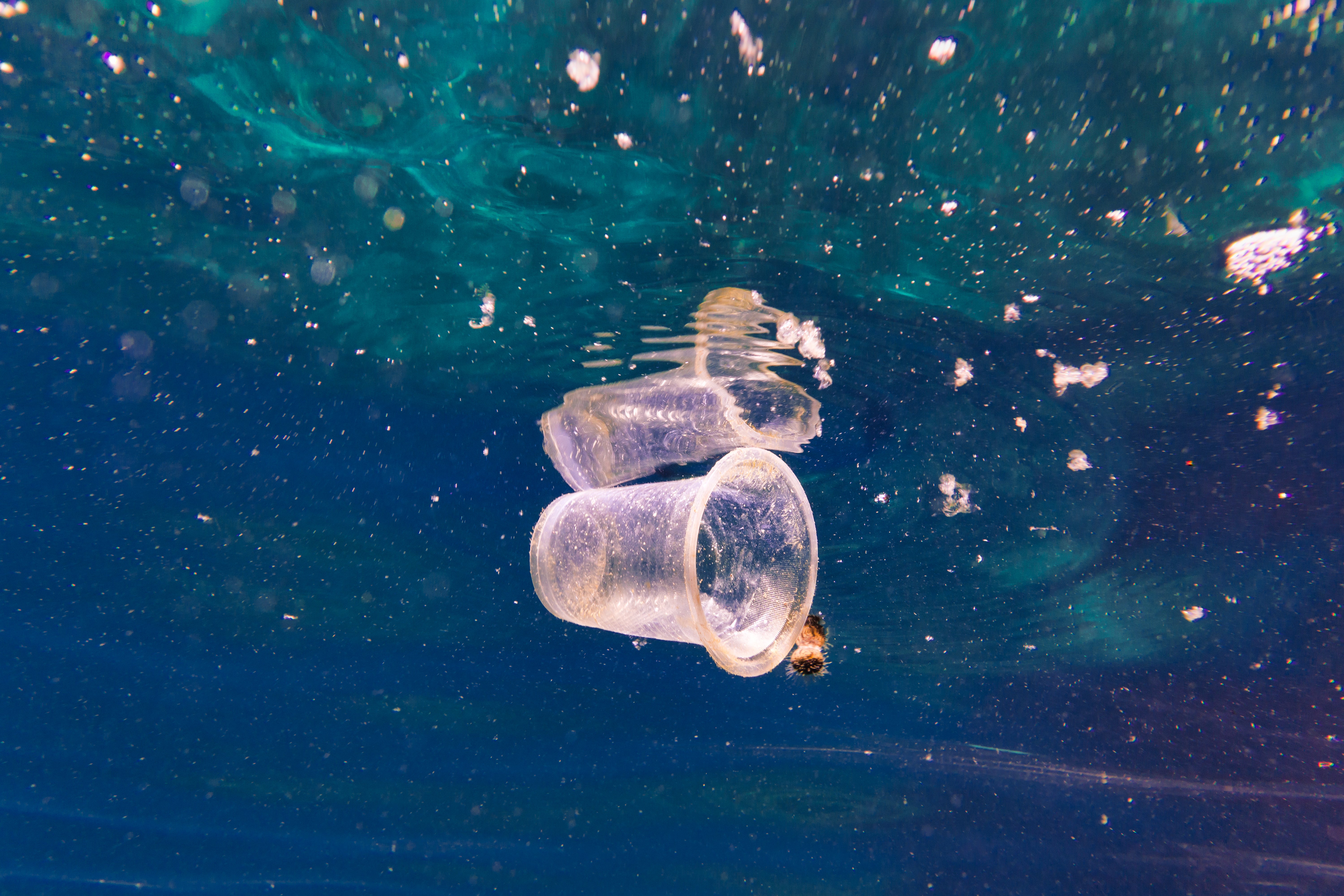In penguins, on Everest, in human blood: The explosion of microplastics
“Their ubiquity in the environment raises serious concerns about their effects on wildlife, ecosystems and human health,” one expert said

Microplastics have found their way into the human bloodstream, according to new research.
The world’s first study into the presence of plastics in human blood published in March found particles in nearly 80 per cent of the people tested.
The research team tested blood samples from 22 people for five types of plastics.
But what exactly are microplastics, where do they come from, how do they get into our bloodstream and do they pose a threat to human health?
The Independent has taken a look.
What are microplastics?
Microplastics are tiny plastic particles under 5mm in size that pollute the world’s environment.
They have been found across the planet — in the world’s oceans, the air we breathe, and now in our blood.
They are most invisible to the naked eye and can be a comparable size to bacterium or as small as a virus, according to Dick Vethaak, a professor at the Vrije Universiteit Amsterdam in the Netherlands, one of the authors of the recent study into the presence of microplastics in blood
“Their ubiquity in the environment raises serious concerns about their effects on wildlife, ecosystems and human health,” he said.
Where do they come from?
Microplastics come from two main sources.
The first are manufactured microplastics. They can be used as exfoliants in health and beauty products, such as toothpaste, face scrubs and shower gels, for example, or as pellets to make larger bits of plastic.
The second group comes from bigger bits of plastic — like bottles, car tyres, paint — that then gradually degrade into smaller and smaller pieces. Microplastics are also found in clothes and other textiles, which can shed microfibres when washed.
The second category — created when plastic waste is mismanaged — is most prevalent in the environment, according to Evangelos Danopoulos, a PHD candidate at Hull York Medical School who researches microplastics.
Why are they all over the planet, including in our blood?
Microplastics have been found in the air, water, and remote parts of the globe’s landmass.
That’s because they are light and can be easily spread around the world by wind and water, and “do not” or “hardly” decompose, said Vethaak.
The bigger bits of plastic often blow away when being transported to landfill, and end up cluttering drains and eventually enter fresh waterways and oceans where they begin to degrade, according to WWF. Littering is also a problem, as is flushing wet wipes and sanitary products down toilets. Microfibres are also released into waterways when we wash our clothes, according to the group.
Manufactured microplastics, like those found in rinse-off cosmetics such as shower gel, can also get through water filtration systems. In 2018, the British government banned the sale of products containing microbeads to prevent them entering the sea. The government said just one shower was thought to send 100,000 microbeads down the drain and into the ocean.
“Studies have found microplastics in very secluded areas, like mountains or an isolated lake,” said Danopoulos. “They’re really everywhere ... once they’re in the environment it’s very difficult to get them out and they stay in the environment for hundreds of years.”
Microplastics have been discovered at their highest point on Earth, near the summit of Mount Everest (Getty Images) In 2020, a study was published which said microplastics had been discovered at their highest point on Earth, near the summit of Mount Everest. The microplastics could have ended up there thanks to the clothes and equipment of explorers, or have been blown there from nearby cities, one of the researchers told The Independent at the time.
Some microplastics are also small enough to be ingested or inhaled by humans and wildlife and have been found inside humans and animals, including penguins in Antarctica. Most recently they have been found in human blood.
Are they dangerous?
The impact of microplastics on the health of wildlife and humans is still being researched.
It’s been established that they are harmful to various sea species like muscles and fish, but whether they’re going to be harmful to humans or not is still debated, said Danopoulos.
However, there has been regular research published that suggests it’s very possible that they will be harmful, he added.
Danopoulos himself published a study at the end of last year that found that there had been examples of cell death and allergic reactions as potential effects of high exposure to microplastics. But he warned researchers could not extrapolate what microplastics meant for cells to whole organisms.
Vethaak said key questions that need to be answered in future studies included: What fraction of plastic particles remains in our body? Can they cross the blood-brain barrier and reach the placenta and the foetus? Which levels are safe and which are unsafe?
Subscribe to Independent Premium to bookmark this article
Want to bookmark your favourite articles and stories to read or reference later? Start your Independent Premium subscription today.

Join our commenting forum
Join thought-provoking conversations, follow other Independent readers and see their replies